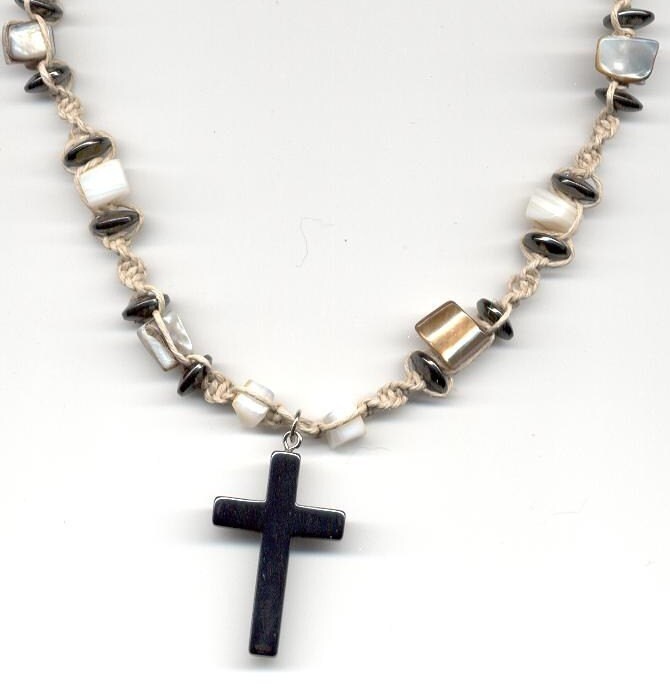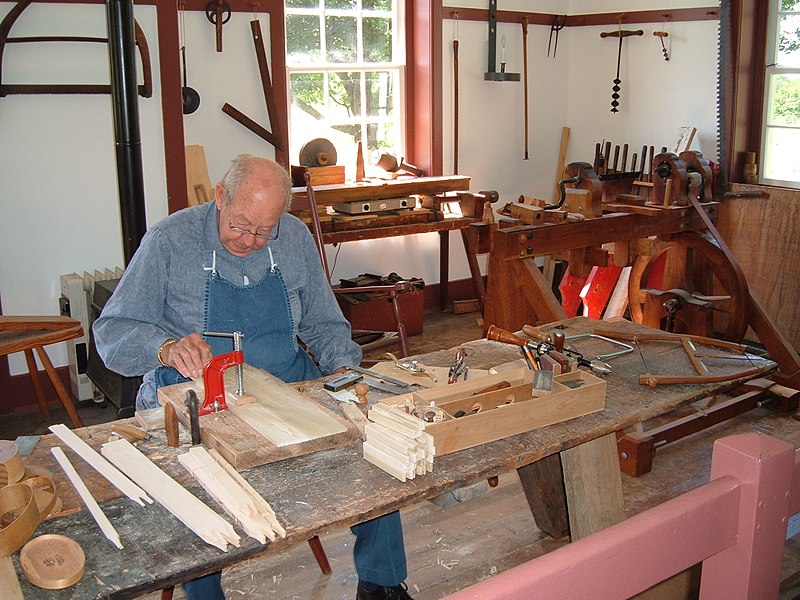You've got a lot of ideas running through your head. You love to create things, whether it is with words, textiles, or recycled products. You have a plan. You want to sell your craft online....but you can't decide on a name.
It is a lot of fun playing the name game, isn't it?
It's a lot like playing the "what if" game. There are many possibilities to choose from.
Here are some helpful hints to help you decide on just what to name your craft business.
For writers, this means using your real name or a pyseduem. It's not uncommon for a writer to have more than one name, especially if they write in several different genres. This way their fans follow the name of the genre they like best.
The same could be said for an artist. In the beginning years of putting their artwork on the market, it takes time to build a reputation. Many artists, like authors use their real name or pyseduem. They build a business of selling their craft based on their name.
Which is a whole lot less paperwork with the IRS if you use your real name, but we'll get into that in more detail later.
What you do need to know, however, that when playing the name game to sell your crafts online, you need to take in consideration both the IRS and SEO. Two totally different things, but equally important.
First we'll approach SEO, because let's face it. No matter what name comes out the winner in your name game it won't matter to the IRS as much as it will to the success of your customers being able to find you. That's what SEO is all about - KEYWORDS.
Keywords are these little things we drop into our names, our product descriptions, and what search engines look for every time someone types a word into their database.
For example, if I went on google and typed RED KNIT SCARF, it would bring up a listing of shops that have product searches and keywords matching my search.
So, if your craft is exclusively knitting, then you would want to put the "knit" or "knitting" into your shop name.
Now here is where the IRS comes into the game. Taking the example above, say you decide to call your shop "Knit Whit Creations" (look it up...who knows it may actually exist). You'd have to file for a DBA with the IRS. This would involve filing for a EIN number and a Fictitious Name (there are fees involved here).
Yet, if you decide to call your craft shop "Karen's Knit Creations" and your first name is Karen, then you wouldn't have to file for a Fictitious Name. According to the IRS, if you use your real name (the one you file your taxes under and most likely the one you're mother gave you at birth) then you don't have to file for Fictitious Name, just a DBA and EIN. A little less paperwork and a few dollars more in your pocket toward start-up costs.
Hopefully, by now, you've got your name narrowed down to a few choices. Or maybe, you've selected the one...remember this name will stick with you forever. You're not going to change your name often due to paperwork, IRS, and if opening a shop through
etsy.com, it's just not allowed.
Got your name? There is just one last thing. Ever hear of a back up plan? Make sure you've selected a second choice or back up name for your endeavor. Before you go to the IRS, register a domain name, or set up shop, you need to first check to see if your name is available.
Let's face it, we all know that there is more than one John Smith in the world, but there may only be one John Smith Milling Co. That's what you need to find out. With the billions, yes billions, of names out there in the world and the expansion of the Internet, you need to make sure your name hasn't already been used by someone else.
You can search places like
godaddy.com to find out if your name has been already reserved in as a domain name.
When you're done playing the name game, or if you already have a name and want to share, we'd love to read it in the comments sections. Think of this as your opportunity for a little free promotion. We don't need ads or gimmicks - those will be deleted, but feel free to share your business name and website for your craft.
(anything spammy or non craft, art, or writing related will also be deleted)





















